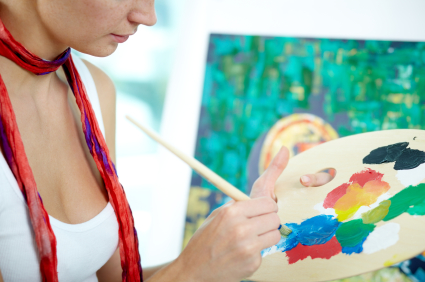The Comedy Formula Every Public Speaker Should Try
Stand-up comics are often on the road for hundreds of dates each year.
No matter how successful their performances, they know they can’t keep returning to the same cities with the same set—so they continually try new material. But introducing new, untested material can be risky.
To mitigate that risk, they sandwich a new piece of material between two bits that reliably work. If the new material bombs, they know they’ll get their audiences back with the next joke.

Similarly, presenters should constantly try new techniques—but should buffer the “new” between what they know already works.
Before your next talk, select one, two or three things you want to work on when you hit the stage. Focus exclusively on those things, and try to sandwich them in between techniques that have worked for you in the past.
As examples:
- If you typically speak for 20-30 minutes before you interact with your audience (through a Q&A or by encouraging participation), you might begin speaking with audience members immediately after finishing your open. If your conversation “bombs,” you can transition back to the remainder of your talk.
- If you usually use PowerPoint to lead your audience through a series of points, you might black out the screen after a few minutes and share a case study, using a more extemporaneous delivery style. If you feel the audience drifting away, you can always turn the screen back on (my suspicion is that the opposite will occur; killing the screen will probably earn their attention).
- If your delivery style is typically subdued, you might try “breaking the pattern” by speaking more energetically or at a quicker pace, particularly when sharing an anecdote or piece of information that justifies the change in delivery style.

Think of it this way: we all have our painter’s palettes. Experienced speakers have access to more colors than newer speakers—but even seasoned speakers can (and should) regularly add new shades to their repertoires.
Louis C.K. and Kevin Hart almost always make me laugh. They’re rich, famous, and successful. And they’re constantly adding to their palettes by trying new material.
As you read blog posts or books about public speaking—or as you observe another speaker using a device you haven’t tried before—ask yourself whether you could work that into your next presentation.
For 101 ideas about how to introduce a few new colors to your next presentation, my new book, 101 Ways to Open a Speech, is now available at Amazon.


